Construction in heavily congested urban settings is never easy and is even more challenging when it involves the $14-million, two-kilometre-long reconstruction of Toronto Transit Commission (TTC) streetcar tracks along busy College Street from Bathurst to Bay streets.
Undertaken from September to December 2022, this carefully staged joint City of Toronto/TTC project required ripping out the aging existing tracks, breaking up the old concrete between those lines as well as in the separating median and then pouring new concrete.
Internally designed by the city’s Engineering and Construction Services (ECS) division, this phase of the project was carried out by general contractor Sanscon Construction Ltd. which used two crews simultaneously. One crew worked in a west direction, while the second headed east.
Then, at night, the TTC’s own crews installed the new tracks into the meticulously designed new concrete beds. This overnight work consisted of moving new tracks into position, the actual installation and a combination of welding and grinding, says ECS director Mobushar Pannu.
“This (the day/night staging) was done so that the contractor’s crews and the TTC crews would not interfere with each other.”
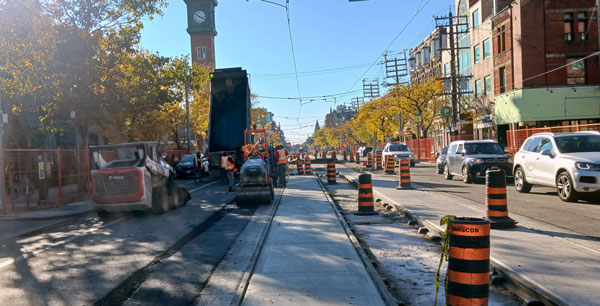
There were multiple crews working in different directions at various times with sometimes five crews working simultaneously, says Pannu, explaining it’s difficult to provide an accurate number of the workers onsite.
Sometimes conducted on a 24/7 basis, the blend of day and night shifts and the simultaneous track reconstruction kept the project on schedule and minimized, as much as possible, the disruption, he says.
And there was inconvenience to area businesses, residents, TTC riders and drivers. Along many stretches, College Street had to be restricted to one lane and closed down completely at one busy intersection for six weeks, says Pannu.
Streetcars had to be diverted to parallel streets, hundreds of replacement buses had to be scheduled and essential services and deliveries maintained to the large University of Toronto campus, he says.
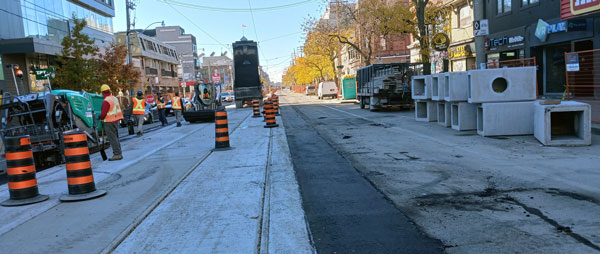
Because of the size, complexity and disruptive nature of the project, there was constant communication with all the various stakeholders including the TTC, other city departments, the university, businesses and residents.
It was especially crucial to keep transit riders informed. When the construction project started, the replacement buses were operating as close to the construction closure areas as possible, he says.
Despite the long list of challenges, the city and TTC crews achieved a major goal by completing the construction across University Avenue — a major artery — so that there would be no disruption to the annual Santa Claus parade. Held in the third week of November, the parade partially follows along that street.
Another milestone was reached with the completion of the track reconstruction in mid-December, a few weeks ahead of the planned Dec. 31 completion date, with full streetcar service resuming this January, says Pannu.
However, the project is not quite finished. This spring Sanscon will begin construction of new separated bike lanes. They will include a combination of elevated lanes, which will be separate from the vehicle lanes, and ones built at grade with the road, but protected by concrete curbs. This work should be finished by June, says Pannu.
Another aspect of the project was the installation of biotrenches and permeable pavement at key spots along the route.
Carried out as part of the city’s state of good repair programming, the track replacement will ensure reliable service on the TTC’s busy 506 Carlton streetcar route, which currently transports approximately 26,000 people daily, he says.


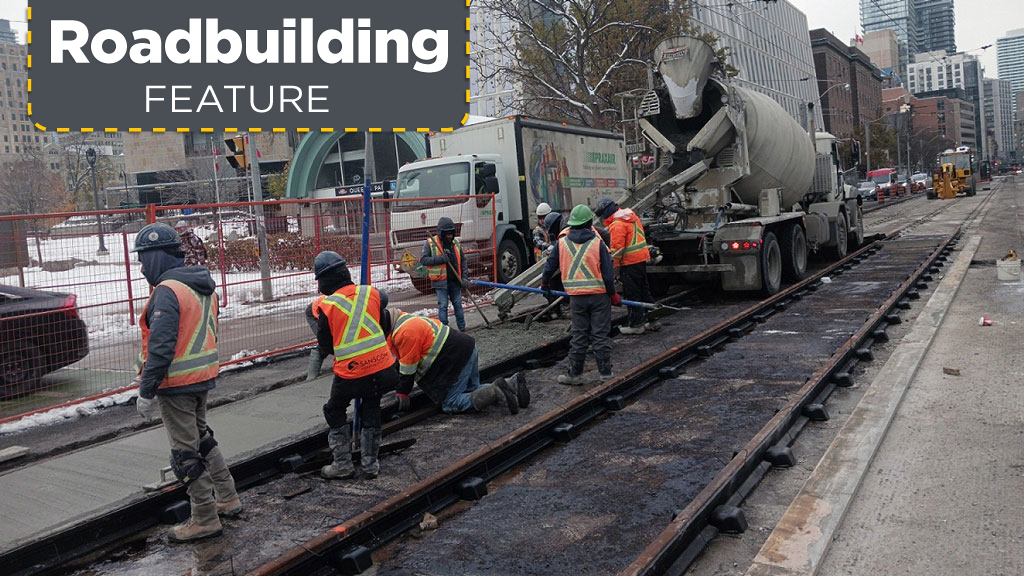

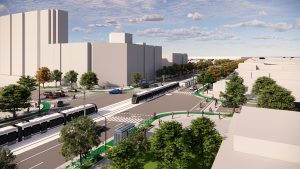



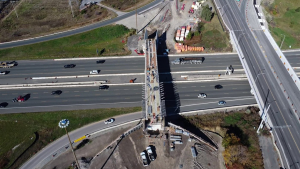
Recent Comments
comments for this post are closed